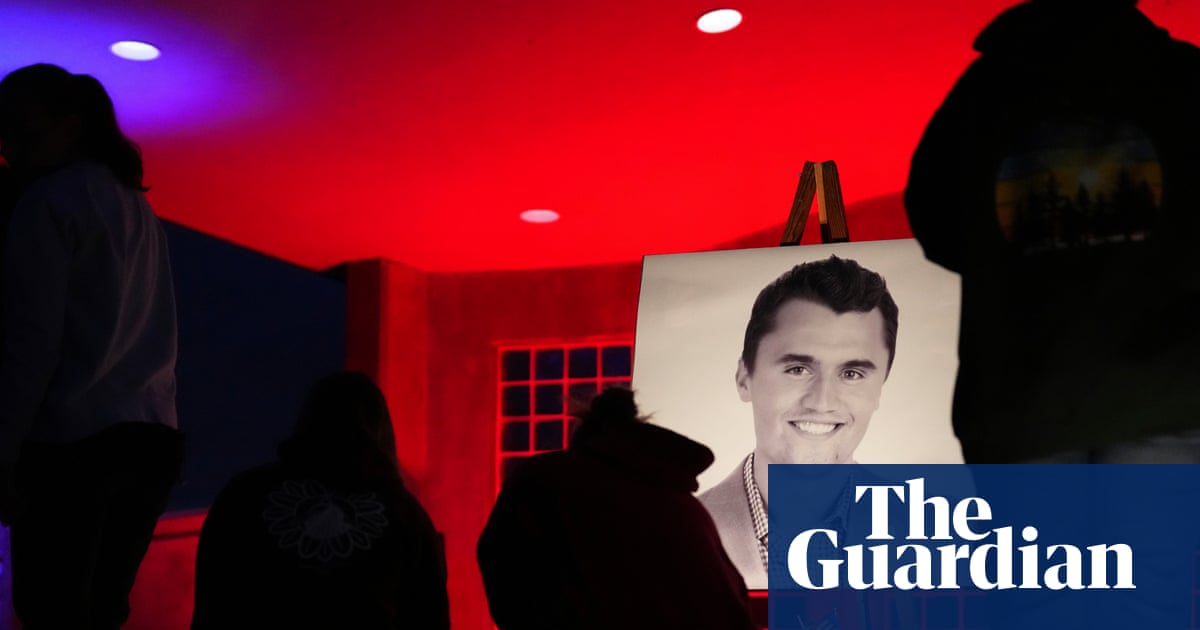Charlie Kirk Assassination Intensifies US Political Violence Fears Amid Rising Unrest
Charlie Kirk Assassination Intensifies US Political Violence Fears Amid Rising Unrest

The recent assassination of high-profile political figure Charlie Kirk at a public event on a Utah college campus has ignited widespread alarm, prompting fears that the United States may be entering “a darker chapter” of political violence. The killing comes amidst a documented surge in politically motivated attacks and plots across the nation throughout 2025, raising urgent questions about the country’s stability.
According to data from the University of Maryland’s Study of Terrorism and Responses to Terrorism (START), the first six months of 2025 saw over 520 plots and acts of terrorism and targeted violence, resulting in 96 deaths and 329 injuries. This represents a nearly 40% increase compared to the same period in 2024, with mass casualty attacks (four or more victims) skyrocketing by 187.5%. Michael Jensen, START’s research director, warned in late August that “the warning signs of growing civil unrest in the US are evident.”
The landscape of political violence has seen several high-profile incidents this year, including two assassination attempts on Donald Trump, an arson attack on Pennsylvania Governor Josh Shapiro’s home in April, and the murder of a Democratic Minnesota state lawmaker and her husband in June. Utah Governor Spencer Cox, speaking at a press conference on Friday following Kirk’s death, described the event as a “watershed in American history,” questioning whether it marks the end of a dark era or the ominous beginning of a more perilous one.
Experts attribute the escalating violence to a confluence of factors, including widespread dissatisfaction with government and political parties, a loss of trust in institutions, and fragmented media ecosystems fueled by social media algorithms that prioritize polarization. Amy Pate, acting director at START, highlights two critical differences making this era more dangerous than past periods of unrest like the 1960s: the pervasive influence of social media in accelerating radicalization and the widespread availability of lethal weapons.
While historically often associated with the far right, today’s violent actors are increasingly ideologically diffuse. The motives of Kirk’s alleged shooter are still being investigated, though authorities noted phrases common to online gaming communities on gun casings. Regardless of specific political aims, prominent voices, including Donald Trump, have been quick to declare “war” on the “radical left,” a response that researchers warn could further inflame tensions and incite more violence.
Calls for de-escalation and prevention are growing. Experts like William Braniff of PERIL lament cuts to federal prevention programs designed to intervene when individuals are on a path towards violence. These programs, which adopt a public health approach, assess risk factors and offer off-ramps like counseling. Researchers emphasize that increased violence is not inevitable, but rather a consequence of inaction. “It’s only inevitable if we do nothing about it,” Braniff stated, advocating for renewed investment in prevention to reverse the dangerous trend.
Disclaimer: This content is aggregated from public sources online. Please verify information independently. If you believe your rights have been infringed, contact us for removal.